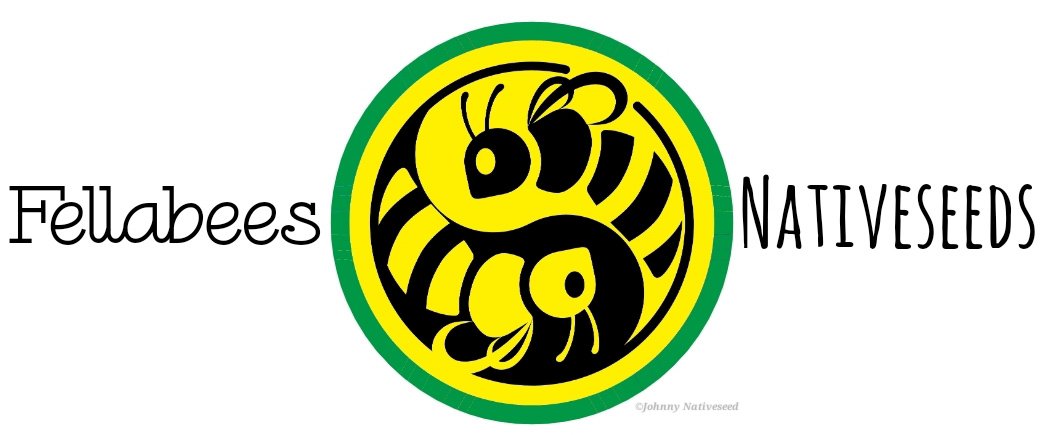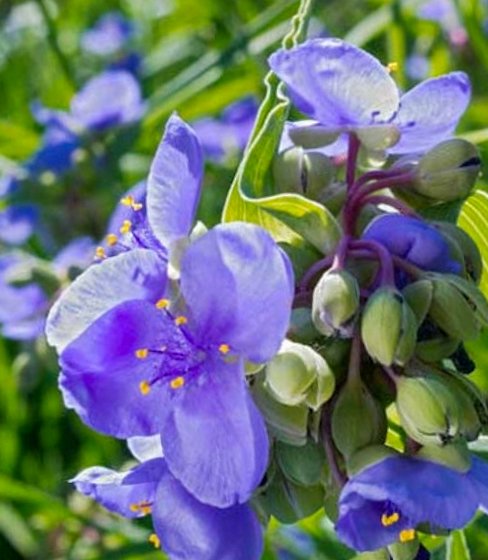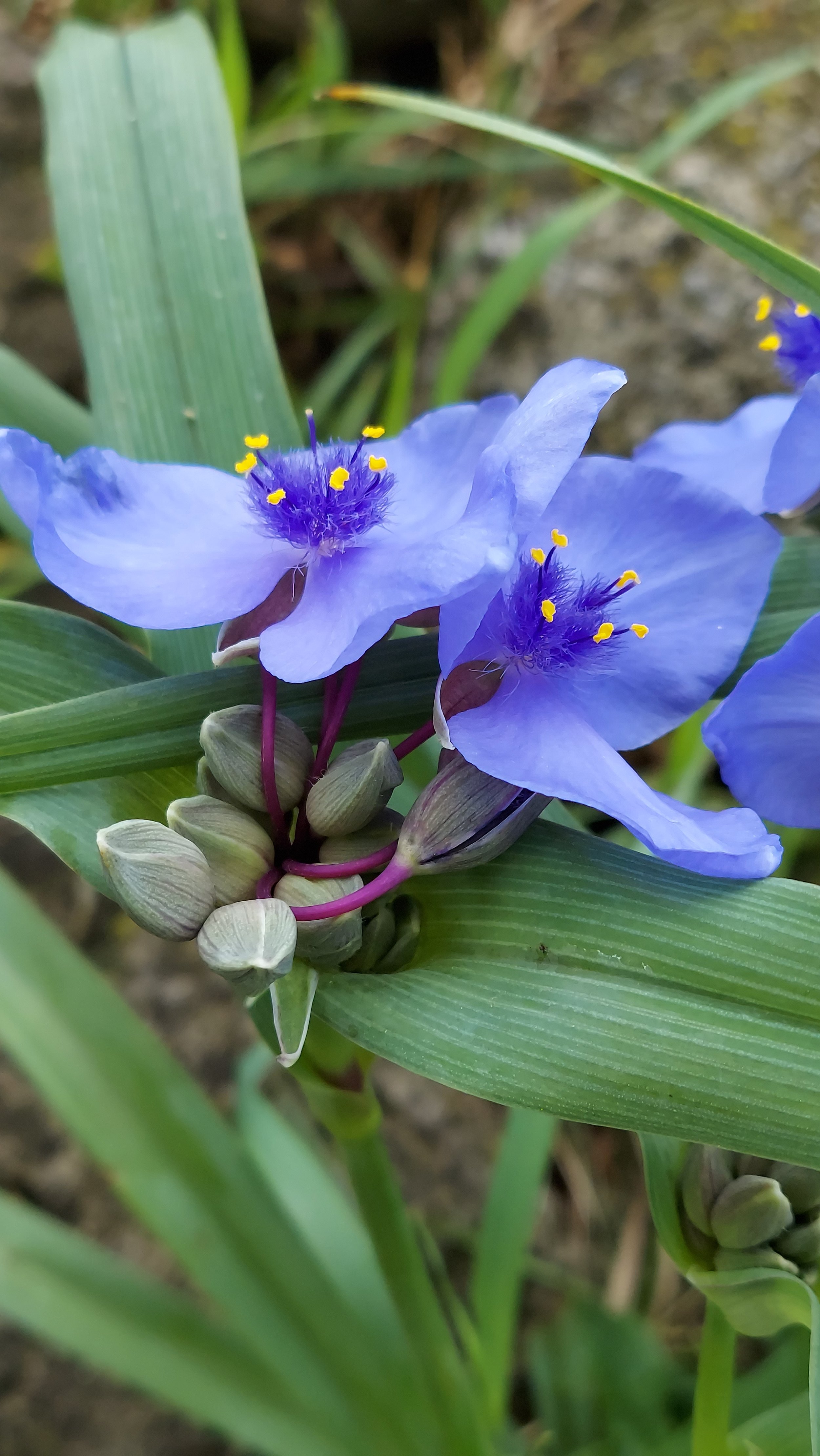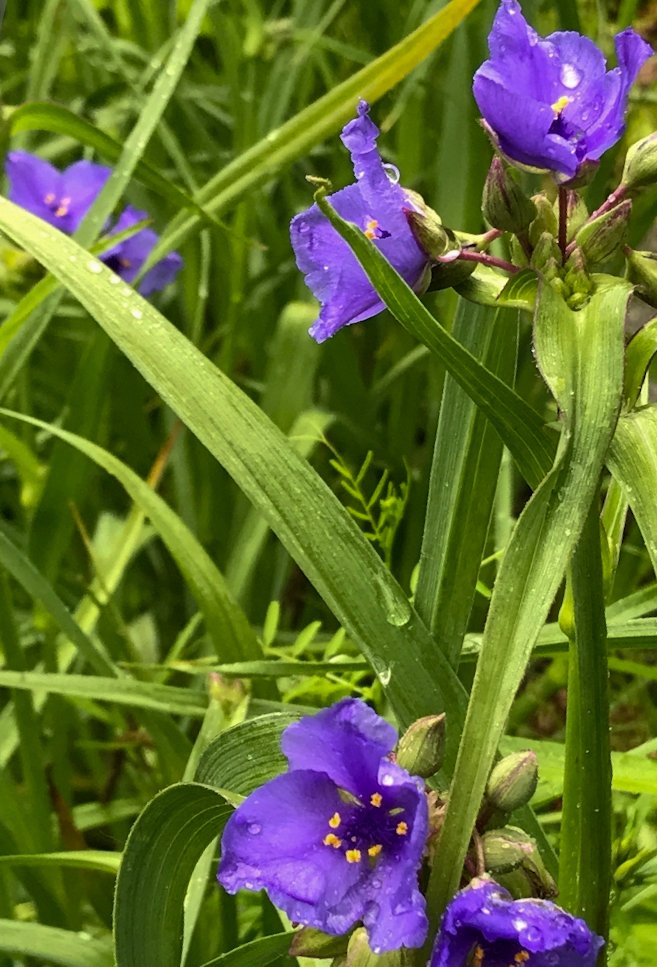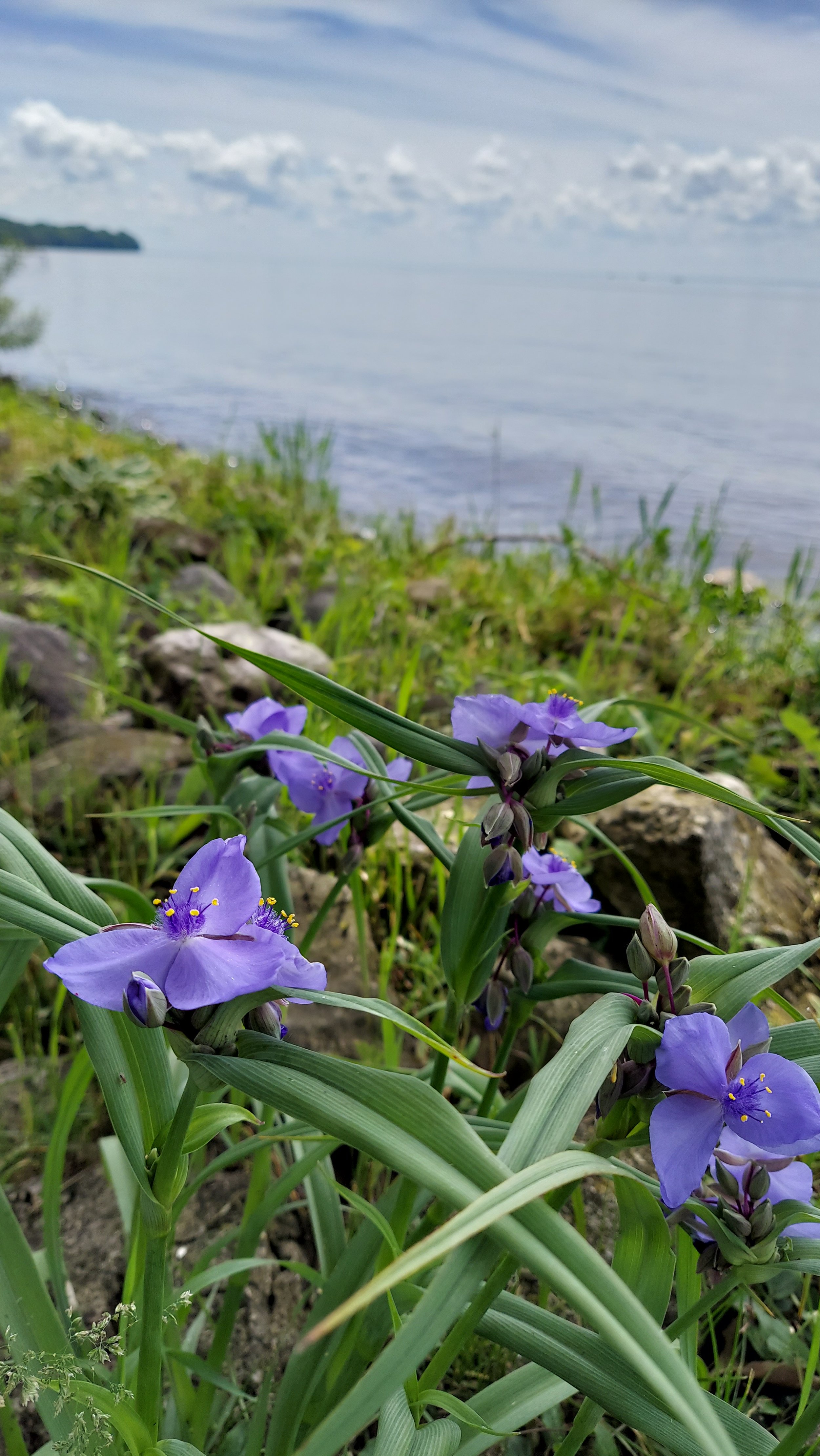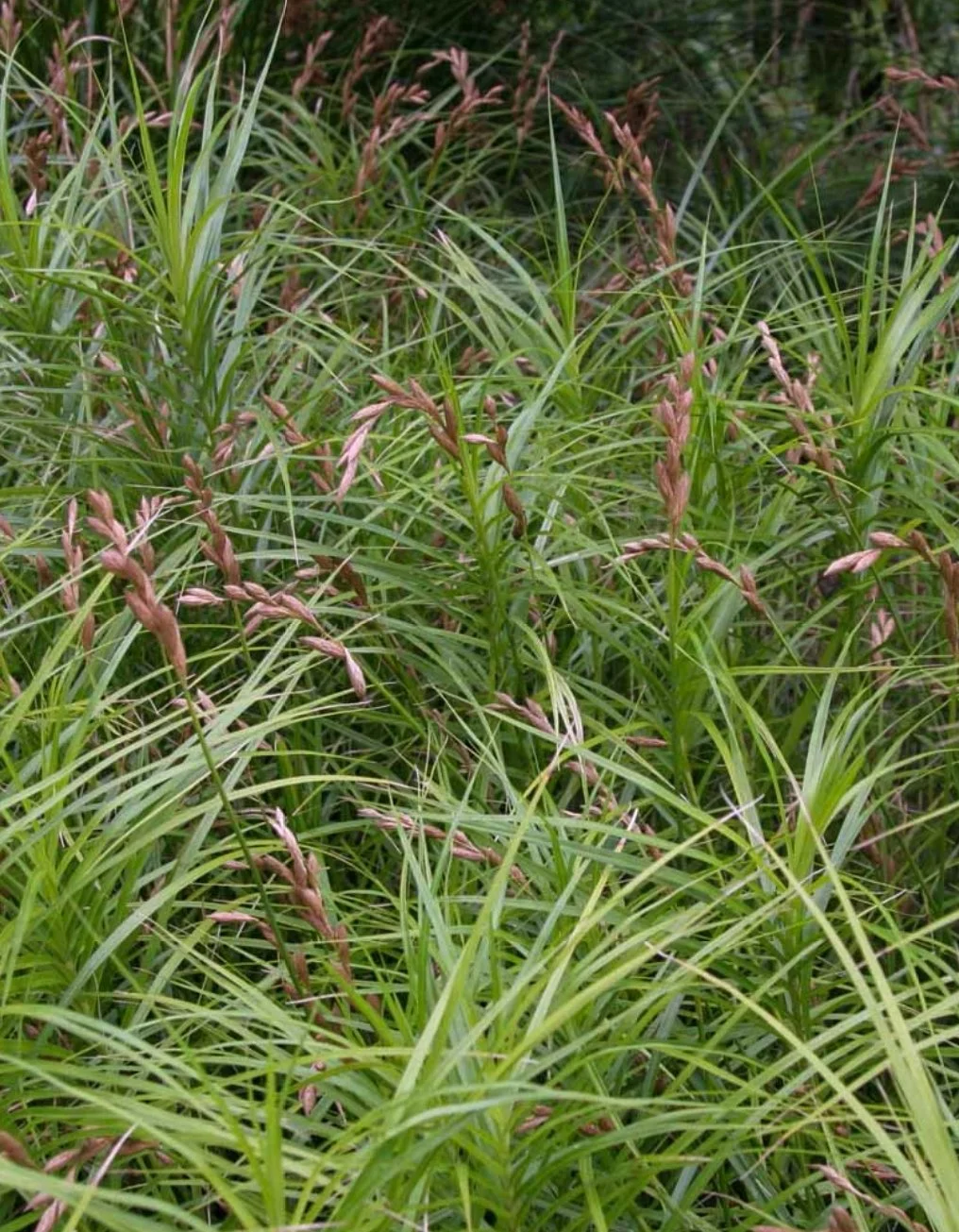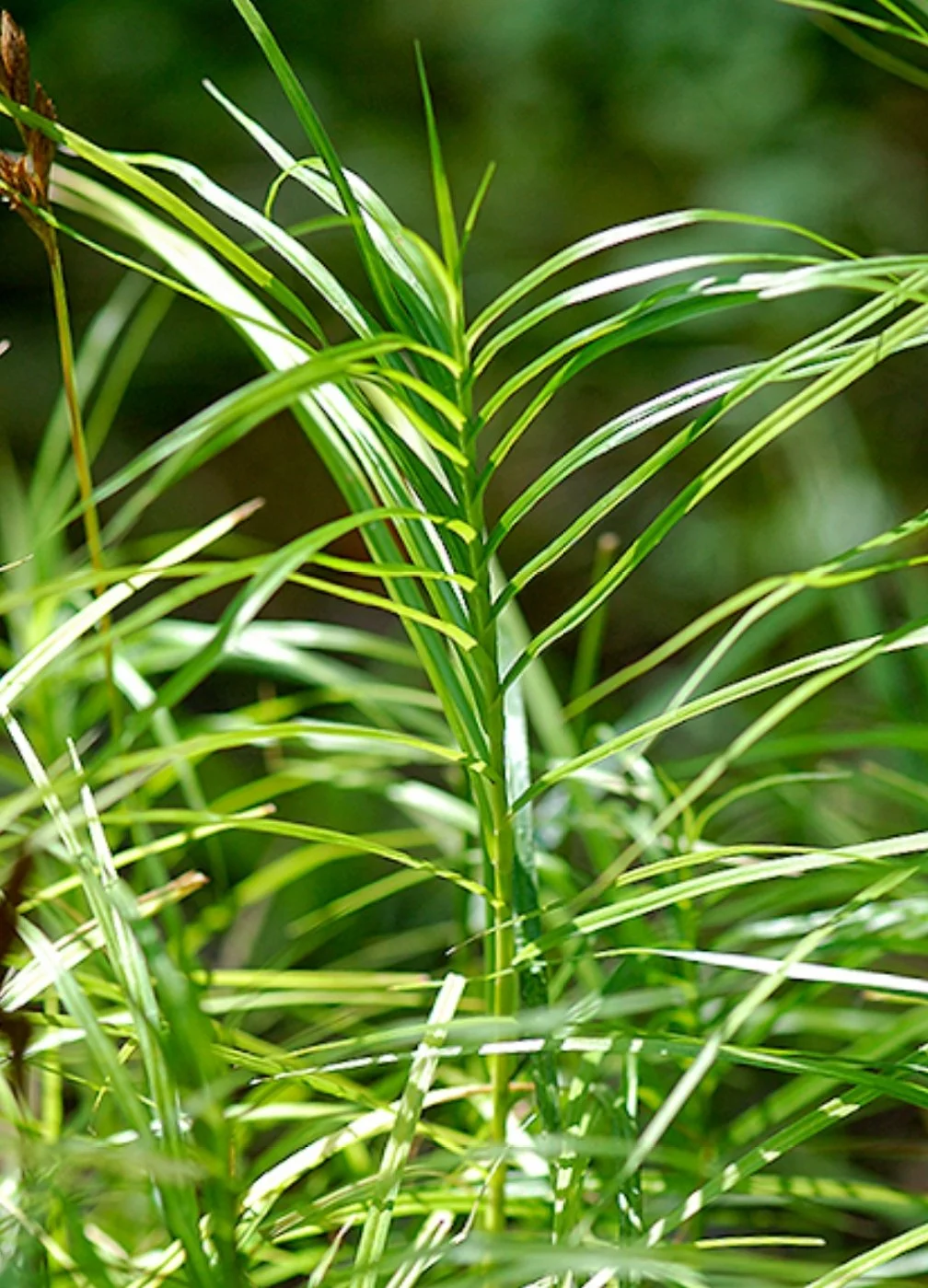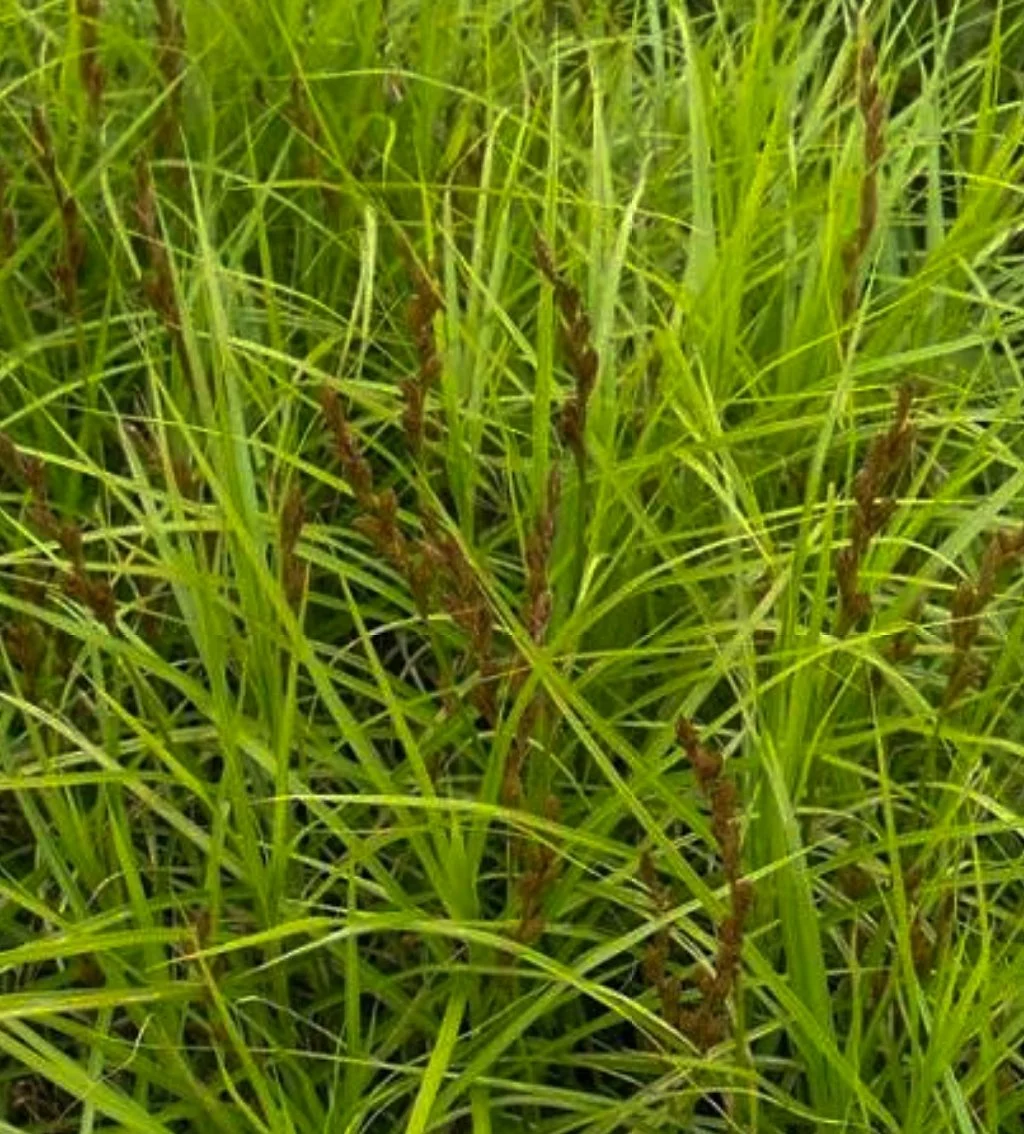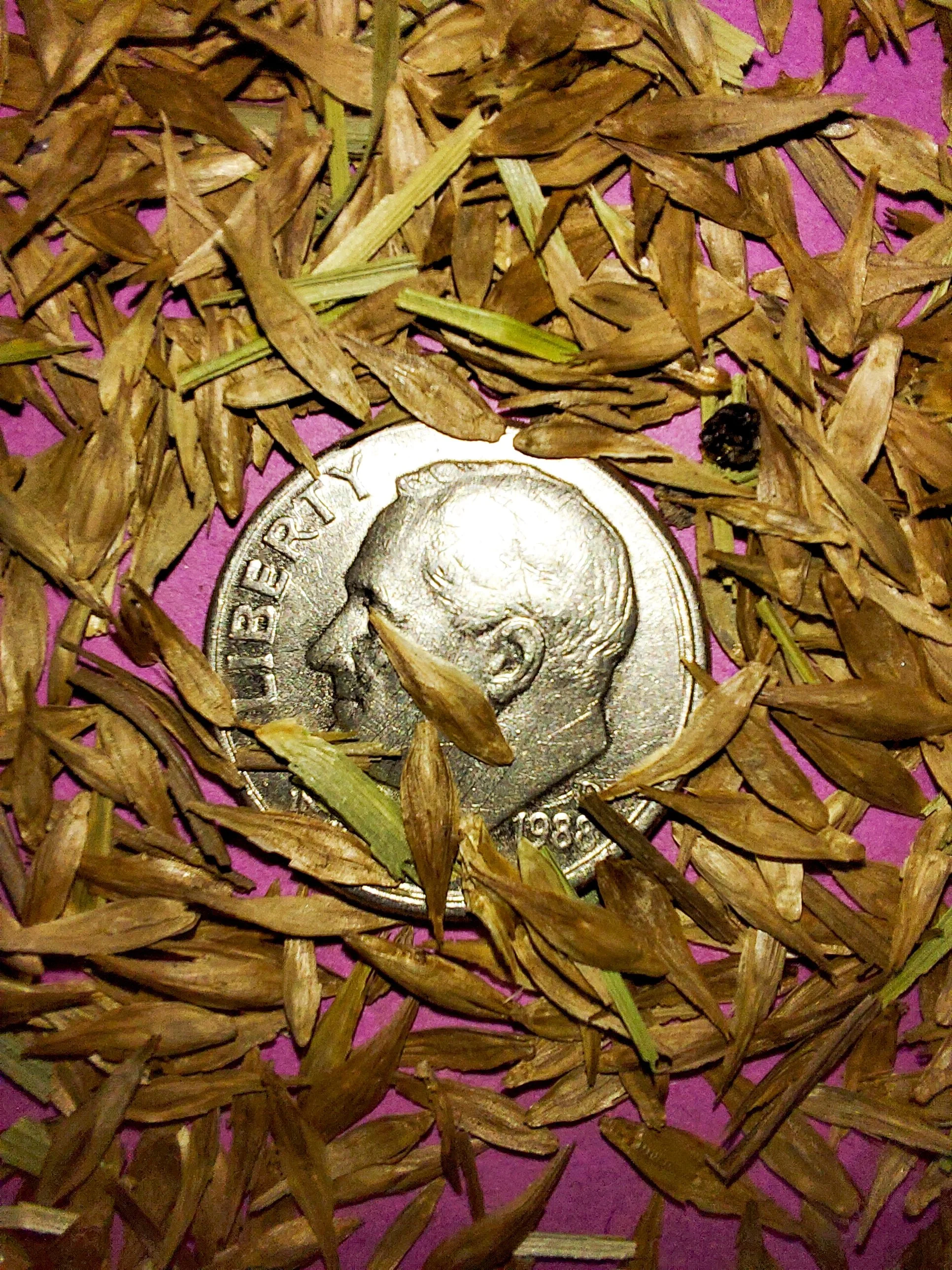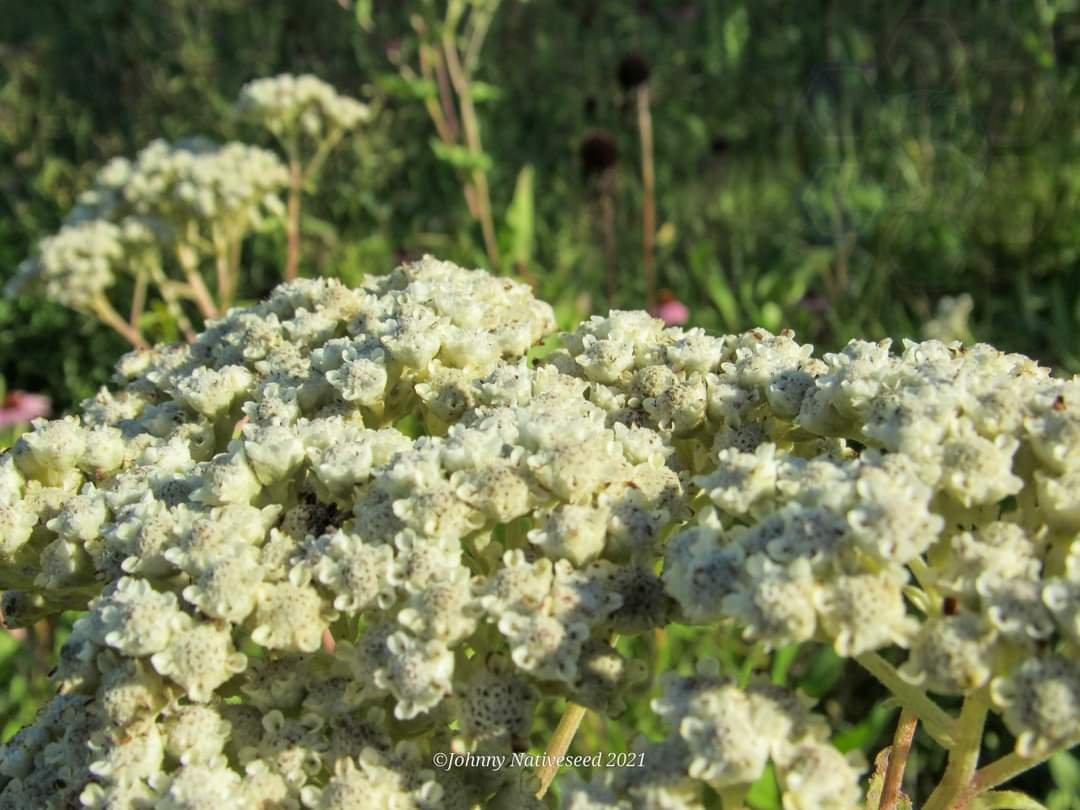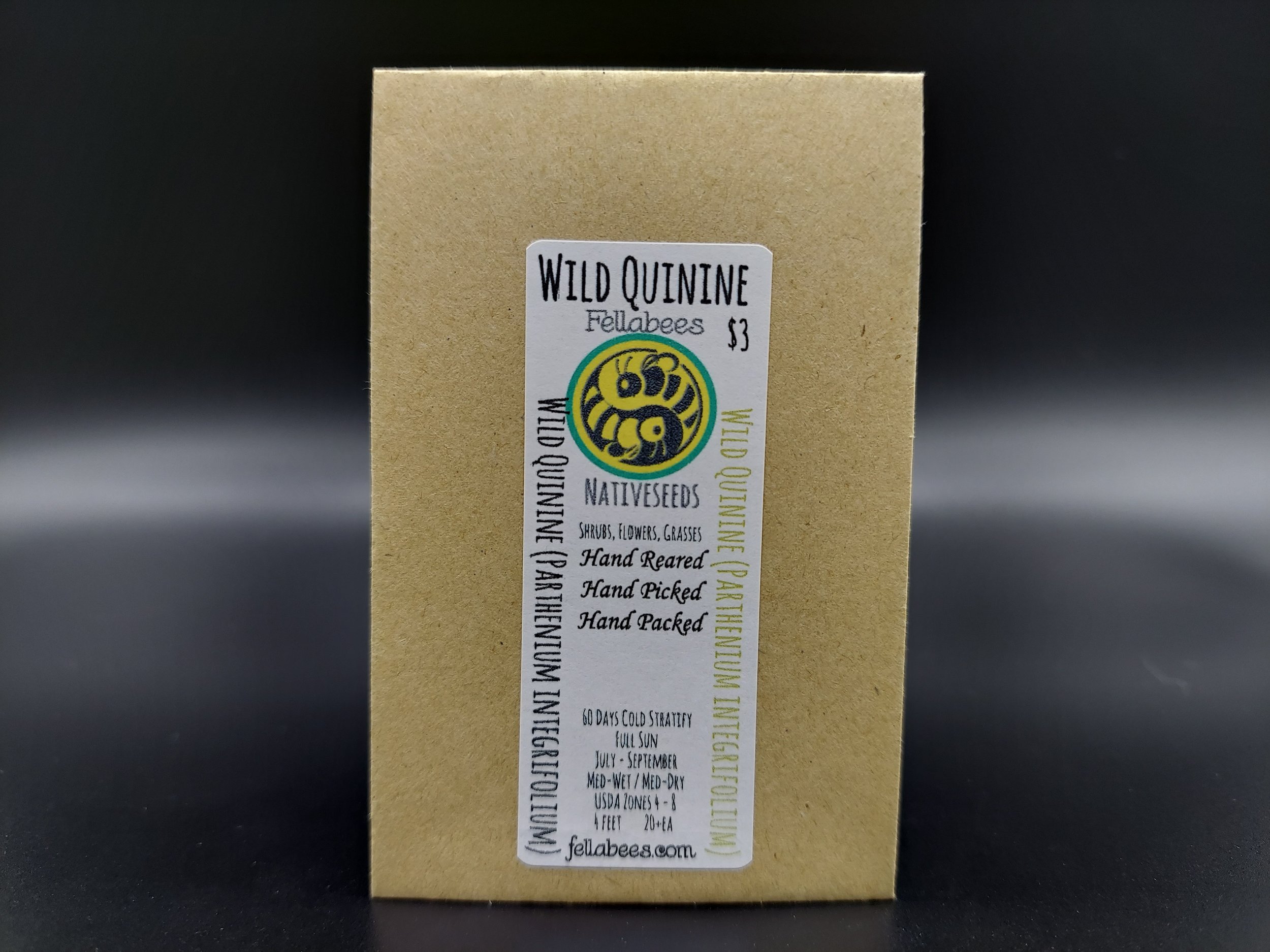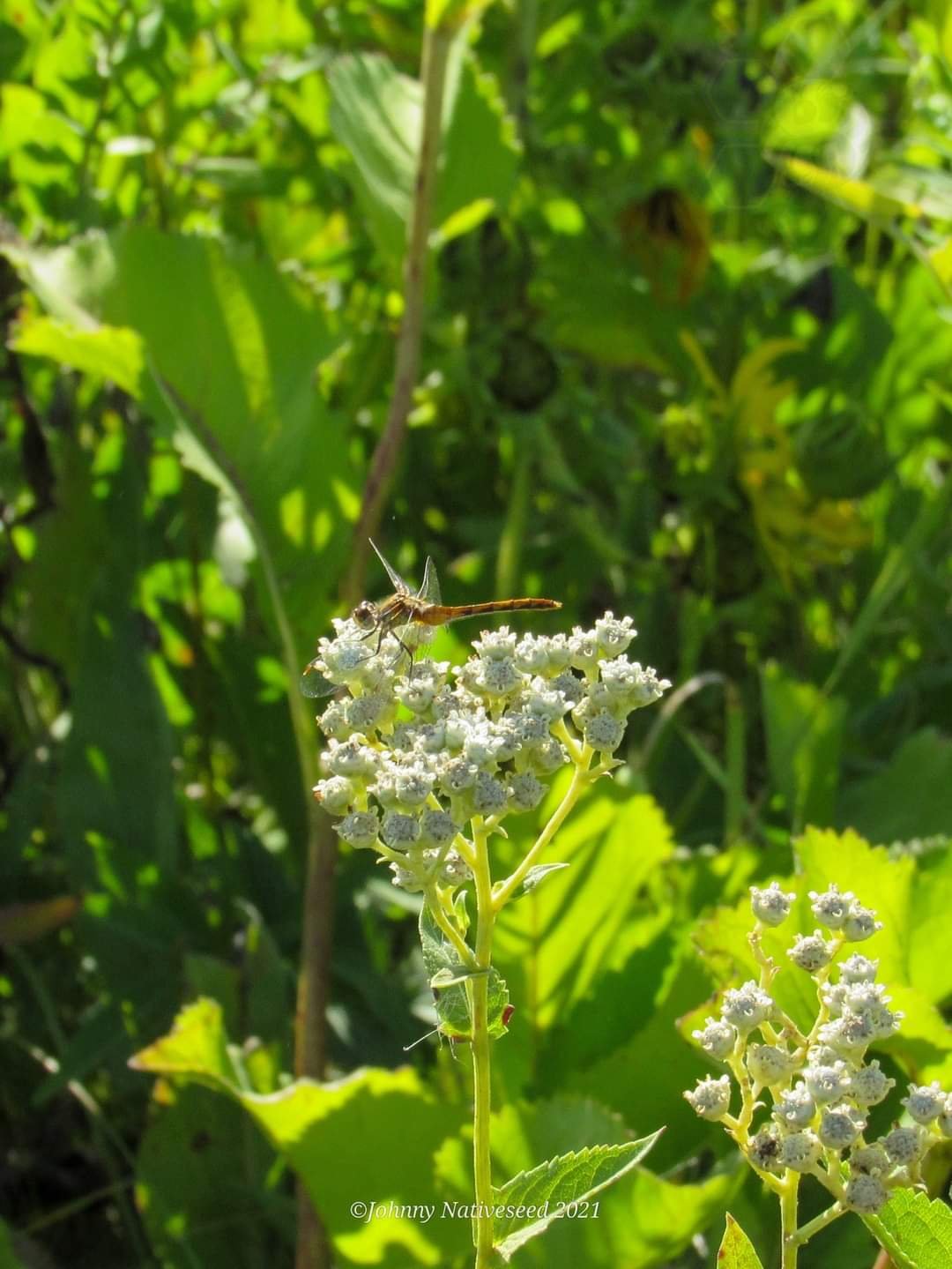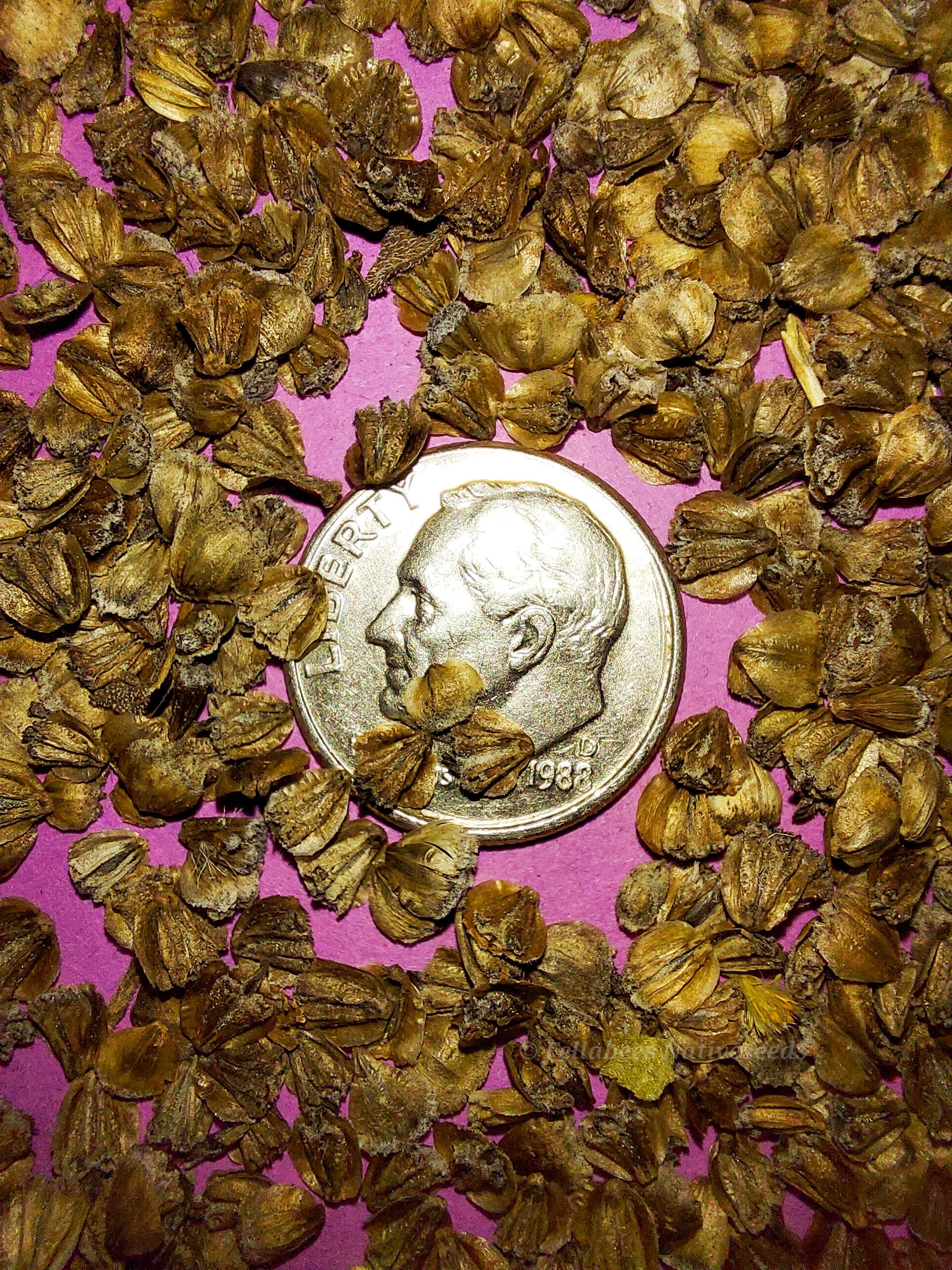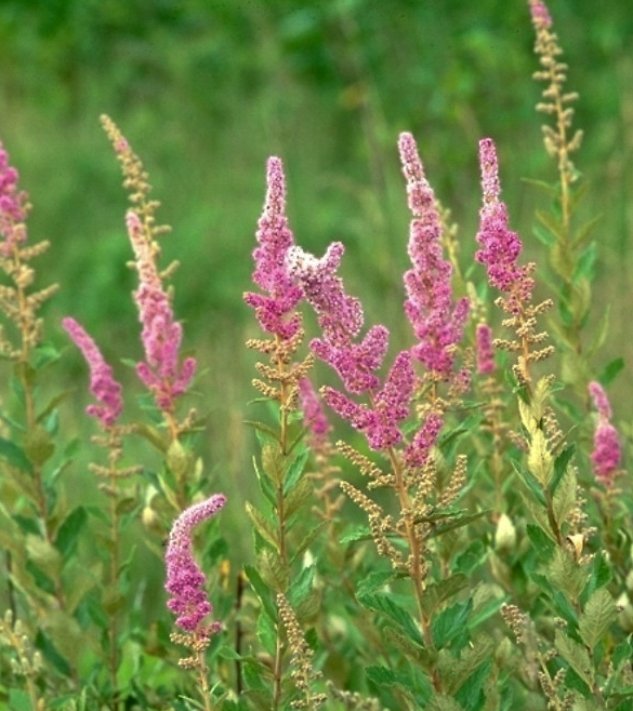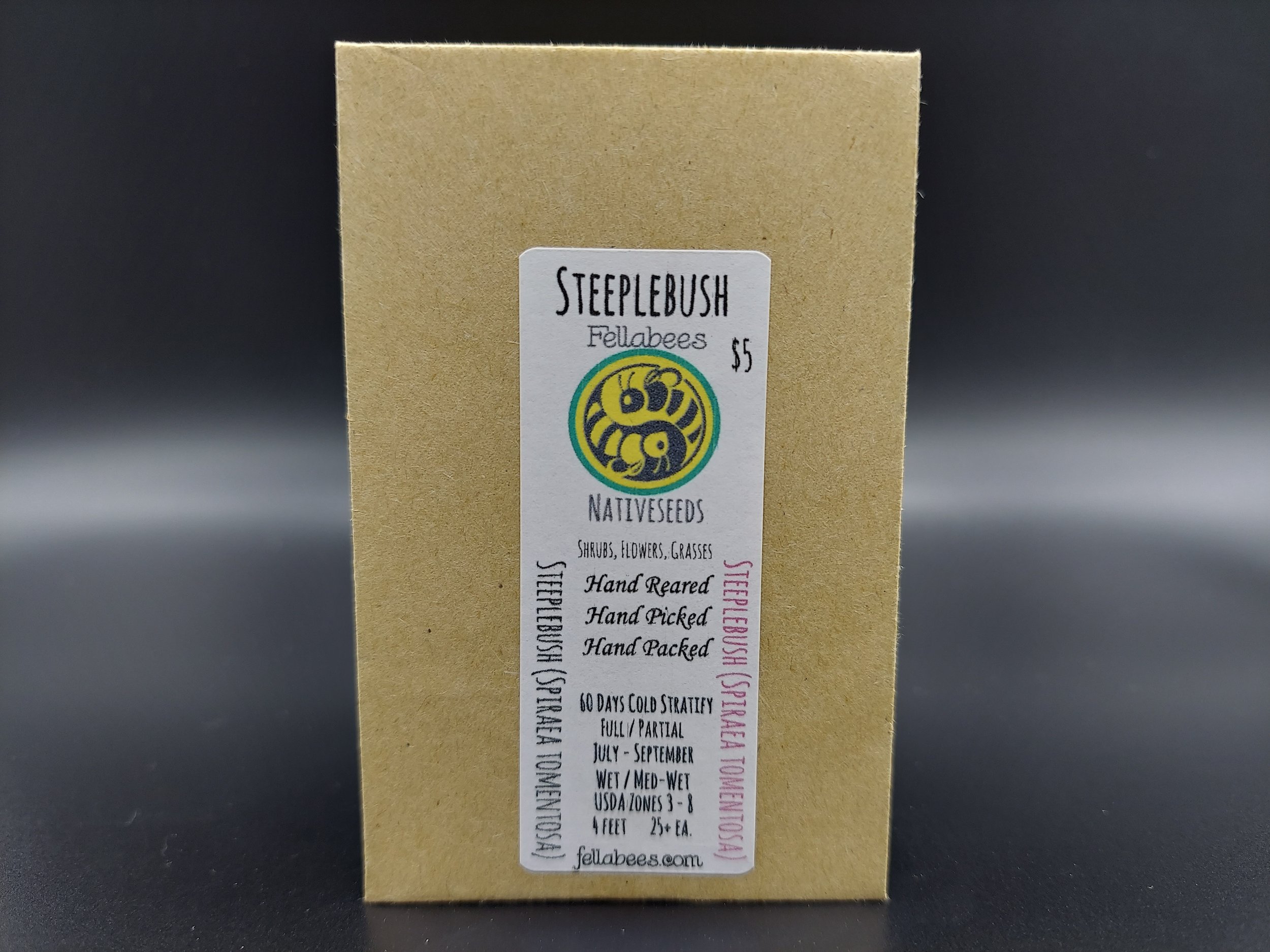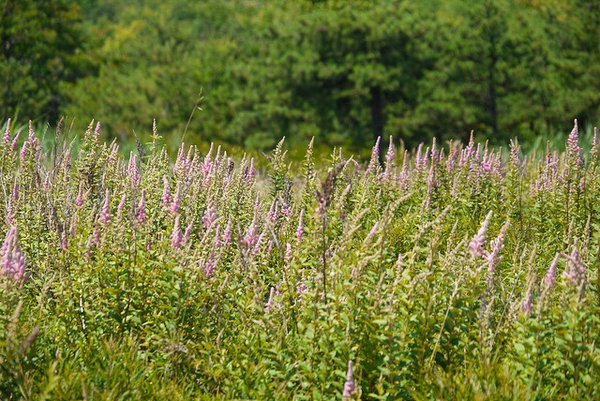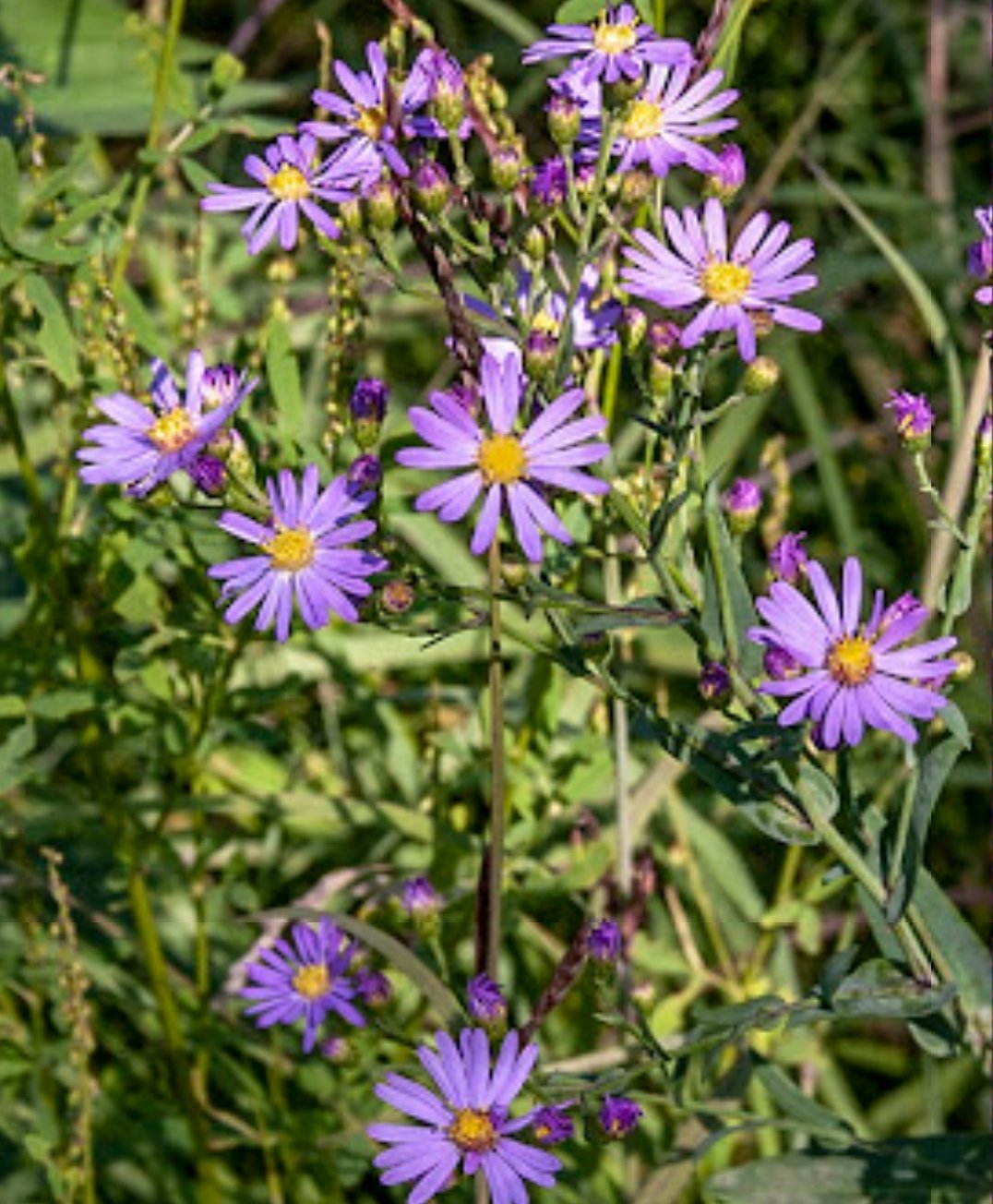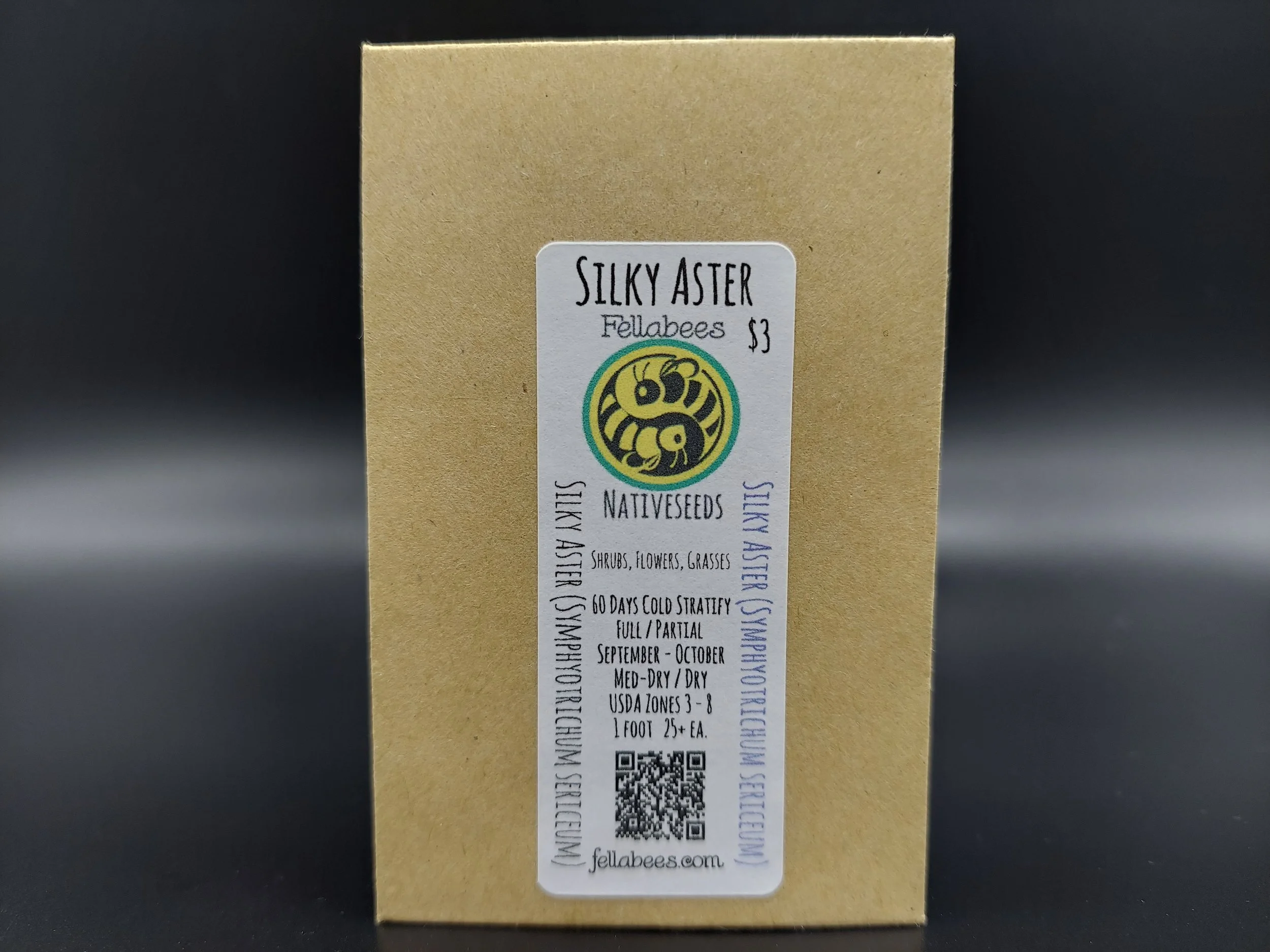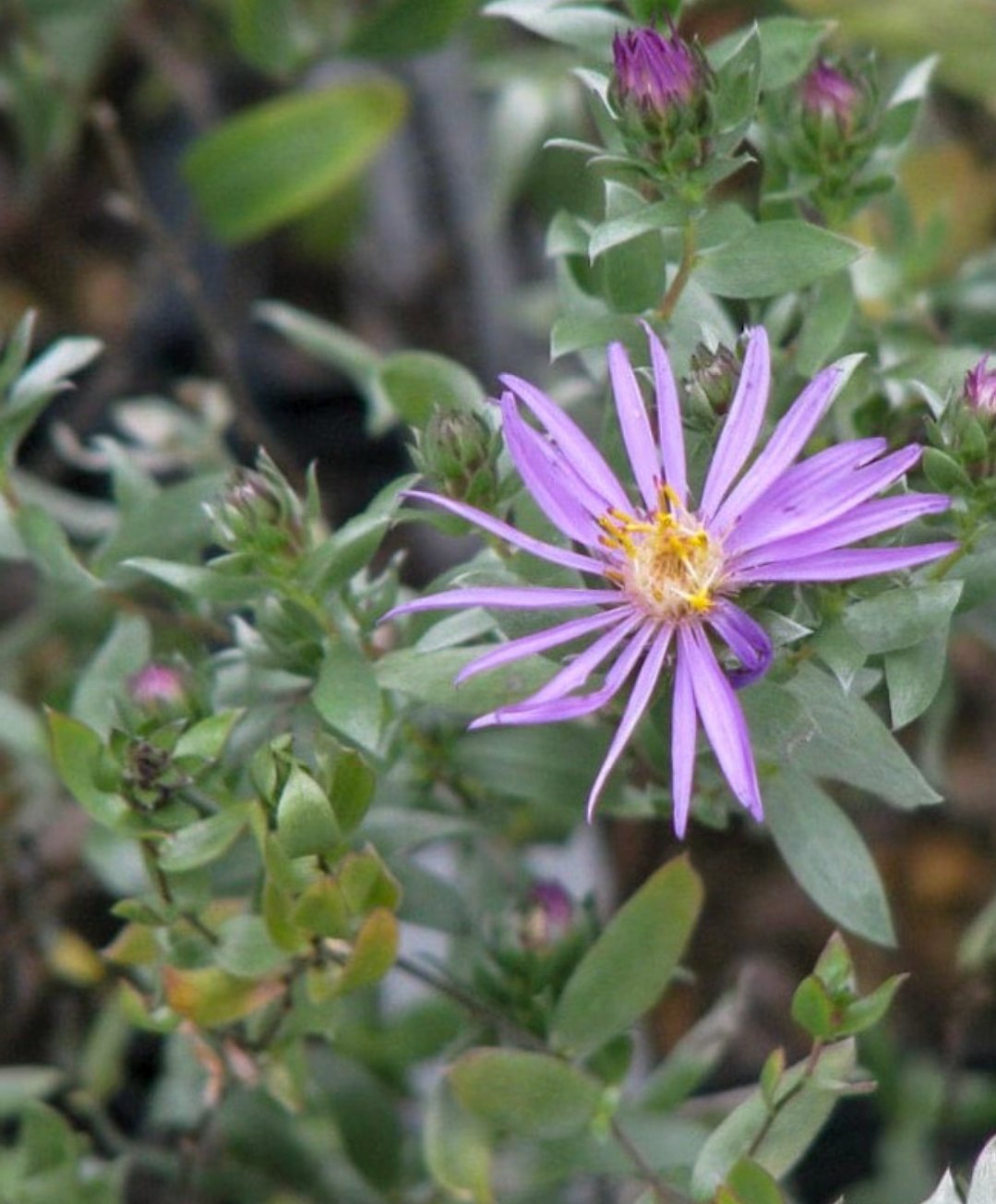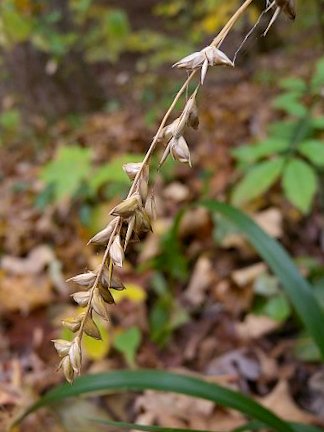 Image 1 of 7
Image 1 of 7

 Image 2 of 7
Image 2 of 7

 Image 3 of 7
Image 3 of 7

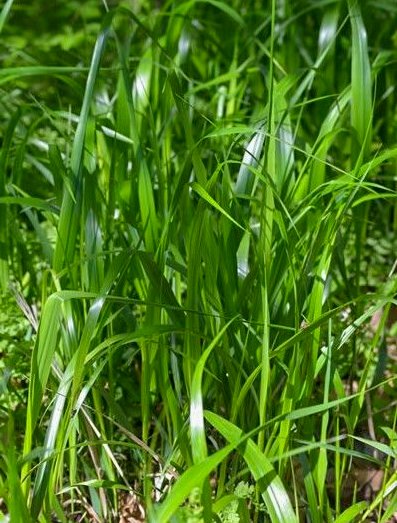 Image 4 of 7
Image 4 of 7

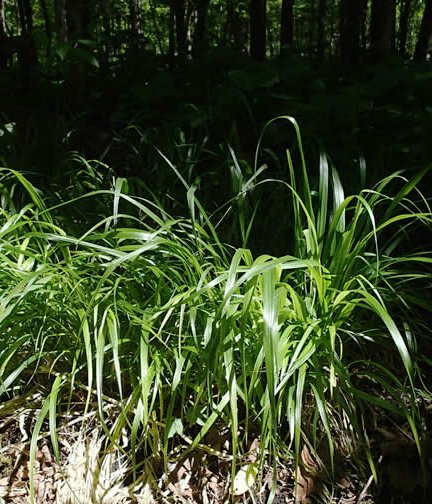 Image 5 of 7
Image 5 of 7

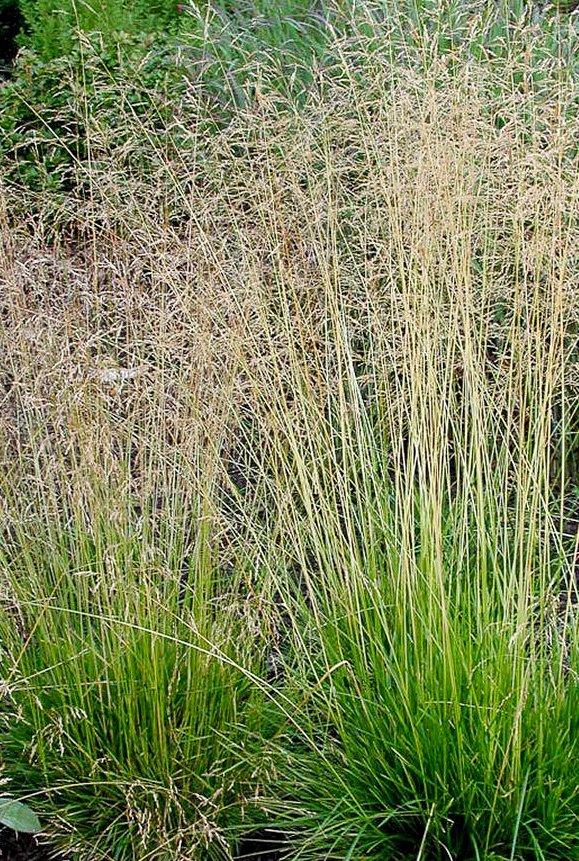 Image 6 of 7
Image 6 of 7

 Image 7 of 7
Image 7 of 7








Beak Grass (Diarrhena obovata)
Beak Grass (Diarrhena obovata)
Diarrhena obovata is the scientific name for this amazing native grass more commonly called Beak Grass or Obovate Beak Grass.
Diarrhena obovata is a distinct grass from its closely related sister grass, American Beak Grass (Diarrhena americana) but is native to a wider range of states to the lower 48, and has a bigger grain than its sister.
Obviously named for this seeds bird beak-like appearance, is fitting as it is a favorite of many birds of the woods and prairies
Growing very well in dappled sun, and shade, this grass stands out with its shiny green blades gently melt to a golden hue as fall deepens its grip.
Excellent as a shady ground cover, as an anchor plant for river edges, or other challenging shady locations.
With its short stature, and slowly creeping rhizomes this dynamic shade grass will create dense drifts and colonies which are nearly immune to the effects of Black Walnut trees surrounding plant suppressive chemical known as juglone.
Considered to be extirpated (locally extinct) in two counties of southeastern South Dakota.
Considered present but rare in many counties of Wisconsin and Michigan, several of the counties of Nebraska, Maryland, West Virginia, and Tennessee, and a few in New York, Virginia, Kentucky, Minnesota, and Texas.
Plant Details
USDA Zones: 4-8
Germination Needs: 60 Days Cold Stratification, Seed prefers to germinate in cool soil.
Life Cycle: Perennial
Sun Exposure: Partial-Shade
Soil Moisture: Medium-Wet, Medium, Medium-Dry
Height: 2 feet
Bloom time: July, August, September
Advantages :
Pollinator Favorite: butterflies, moths, bees, wasps, beetles
Bird Favorite: seeds, insects, fruit, nectar, nesting, perchs.
Deer Resistant: Yes
Native to : Wisconsin, Minnesota, Iowa, Illinois, Indiana, Ohio, Pennsylvania, New York, Maryland, West Virginia, Virginia, Kentucky, Tennessee, Arkansas, Missouri, South Dakota, Nebraska, Kansas, Oklahoma, and Texas
.
.
Packet quantities:
We pride ourselves on ethical, hands on, ecological management, using no mechanical or chemical methods whatsoever.
All of our native seed is hand reared, hand picked, and hand packed from native prairies under our exclusive management, never breaking chain of custody from the field until it is sent to you. Each packet is hand prepared for shipment by us, directly.
Small seed species will contain greater than 20-25 seed
Large seed species will contain greater than 10-15 seed
It is our mission to spread the wealth of native plant and pollinator ecological sustainability, and educate back yard gardeners as well as corporate and government entities in how to germinate, grow, and benefit from native synergies.
Thank you for your support, it is because of you, that we can grow together to do, what we do.🐛🦋🐝🐞🌾🌱🌼🧡
Beak Grass (Diarrhena obovata)
Diarrhena obovata is the scientific name for this amazing native grass more commonly called Beak Grass or Obovate Beak Grass.
Diarrhena obovata is a distinct grass from its closely related sister grass, American Beak Grass (Diarrhena americana) but is native to a wider range of states to the lower 48, and has a bigger grain than its sister.
Obviously named for this seeds bird beak-like appearance, is fitting as it is a favorite of many birds of the woods and prairies
Growing very well in dappled sun, and shade, this grass stands out with its shiny green blades gently melt to a golden hue as fall deepens its grip.
Excellent as a shady ground cover, as an anchor plant for river edges, or other challenging shady locations.
With its short stature, and slowly creeping rhizomes this dynamic shade grass will create dense drifts and colonies which are nearly immune to the effects of Black Walnut trees surrounding plant suppressive chemical known as juglone.
Considered to be extirpated (locally extinct) in two counties of southeastern South Dakota.
Considered present but rare in many counties of Wisconsin and Michigan, several of the counties of Nebraska, Maryland, West Virginia, and Tennessee, and a few in New York, Virginia, Kentucky, Minnesota, and Texas.
Plant Details
USDA Zones: 4-8
Germination Needs: 60 Days Cold Stratification, Seed prefers to germinate in cool soil.
Life Cycle: Perennial
Sun Exposure: Partial-Shade
Soil Moisture: Medium-Wet, Medium, Medium-Dry
Height: 2 feet
Bloom time: July, August, September
Advantages :
Pollinator Favorite: butterflies, moths, bees, wasps, beetles
Bird Favorite: seeds, insects, fruit, nectar, nesting, perchs.
Deer Resistant: Yes
Native to : Wisconsin, Minnesota, Iowa, Illinois, Indiana, Ohio, Pennsylvania, New York, Maryland, West Virginia, Virginia, Kentucky, Tennessee, Arkansas, Missouri, South Dakota, Nebraska, Kansas, Oklahoma, and Texas
.
.
Packet quantities:
We pride ourselves on ethical, hands on, ecological management, using no mechanical or chemical methods whatsoever.
All of our native seed is hand reared, hand picked, and hand packed from native prairies under our exclusive management, never breaking chain of custody from the field until it is sent to you. Each packet is hand prepared for shipment by us, directly.
Small seed species will contain greater than 20-25 seed
Large seed species will contain greater than 10-15 seed
It is our mission to spread the wealth of native plant and pollinator ecological sustainability, and educate back yard gardeners as well as corporate and government entities in how to germinate, grow, and benefit from native synergies.
Thank you for your support, it is because of you, that we can grow together to do, what we do.🐛🦋🐝🐞🌾🌱🌼🧡
